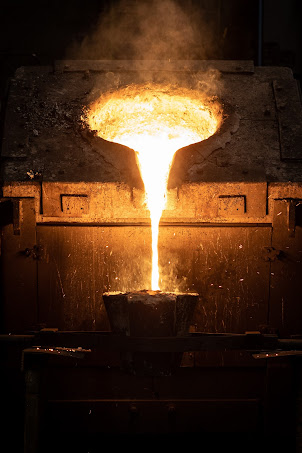A Comprehensive Guide to Choosing the Right Hot Rubber Melter
In this comprehensive guide, we will walk you through the key factors to consider when choosing a hot rubber melter. Whether you are a contractor or a DIY enthusiast, this guide will help you make an informed decision and ensure successful pavement repairs. So, let's dive in and discover the secrets to finding the perfect hot rubber melter from various tools and equipment in California.
1. Size and Capacity:
One of the first considerations when choosing a hot rubber melter is its size and capacity. Assess the scale of your projects to determine the appropriate size that will handle your workload efficiently.
If you predominantly work on smaller repairs or residential projects, a compact melter with a smaller capacity may suffice. However, for larger-scale commercial or municipal projects, a larger melter with a higher capacity will ensure uninterrupted workflow. Evaluate your project requirements and select a melter size that aligns with your needs.
Suppose you are a contractor specializing in pavement repairs. You have a mix of residential and commercial projects in your portfolio. To streamline your operations, you carefully analyze the average size of your repairs.
Based on this assessment, you choose a hot rubber melter with a mid-sized capacity that can handle your workload efficiently without being too bulky or underperforming. By considering the size and capacity, you ensure a well-suited melter for your specific requirements.
2. Heating Mechanism:
The heating mechanism of a hot rubber melter directly impacts its performance and efficiency. There are two common types: direct-fire and oil-jacketed. Direct-fire melters are equipped with burners that directly heat the material, while oil-jacketed melters utilize a heating oil system to heat the material indirectly. Each type has its advantages and considerations.
Direct-fire melters are generally more cost-effective and faster in heating the material. On the other hand, oil-jacketed melters offer better temperature control and heat distribution. Assess your project needs, budget, and preference to determine the most suitable heating mechanism for your hot rubber melter.
Imagine you specialize in high-precision pavement repairs that require meticulous temperature control. As you select a hot rubber melter, you prioritize the performance and accuracy of the repairs.
After evaluating the pros and cons of direct-fire and oil-jacketed melters, you opt for an oil-jacketed melter. Its ability to maintain consistent temperatures throughout the repair process aligns perfectly with your requirements. By considering the heating mechanism, you ensure optimal performance and precise repairs.
3. Mobility and Accessibility:
Consider the mobility and accessibility features of the hot rubber melter, especially if you anticipate working on various job sites or require maneuverability. Look for features such as sturdy wheels, handles, and a compact design that allows for easy transportation and navigation on different terrains.
Additionally, ensure that the melter is compatible with standard towing equipment if you frequently need to transport it by vehicle. These features will save you time and effort during setup, teardown, and transportation between job sites.
As a pavement repair contractor, you are always on the move. Your projects range from residential driveways to commercial parking lots.
To streamline your operations, you carefully select a hot rubber melter with sturdy wheels and convenient handles. Its compact design allows you to navigate tight spaces and transport it easily in your work vehicle. The melter's compatibility with towing equipment further enhances your mobility and accessibility, enabling you to efficiently serve your clients across various locations.
4. Safety Features:
Safety should be a top priority when operating any equipment, including hot rubber melters. Look for safety features such as temperature control systems, safety shutdown mechanisms, and sturdy construction.
Temperature control systems ensure that the melter maintains optimal operating temperatures without overheating or underperforming. Safety shutdown mechanisms automatically shut off the melter in case of emergencies, preventing accidents and equipment damage. Sturdy construction and quality materials enhance durability and protect against potential hazards. Prioritize these safety features to ensure a secure working environment and minimize the risk of accidents or mishaps.
Imagine you are a DIY enthusiast planning to repair your residential driveway. Safety is paramount to you, as you want to protect yourself and your property during the repair process.
When selecting a hot rubber melter, you carefully review the safety features. You choose a melter equipped with a temperature control system that ensures the sealant is heated to the optimal temperature without posing any risks. Additionally, the melter has a safety shutdown mechanism that automatically turns off the equipment if any anomalies are detected. By prioritizing safety features, you create a secure environment for your DIY projects.
Conclusion:
Choosing the right hot rubber melter from someone dealing with all rental equipment in California is essential for achieving successful and long-lasting pavement repairs. By considering factors such as size and capacity, heating mechanism, mobility and accessibility, and safety features, you can make an informed decision that aligns with your project requirements.
Remember to assess your specific needs, evaluate hypothetical examples, and prioritize safety throughout the selection process. With the right hot rubber melter in hand, you can confidently tackle your pavement repair projects and achieve professional-quality results.




Comments
Post a Comment